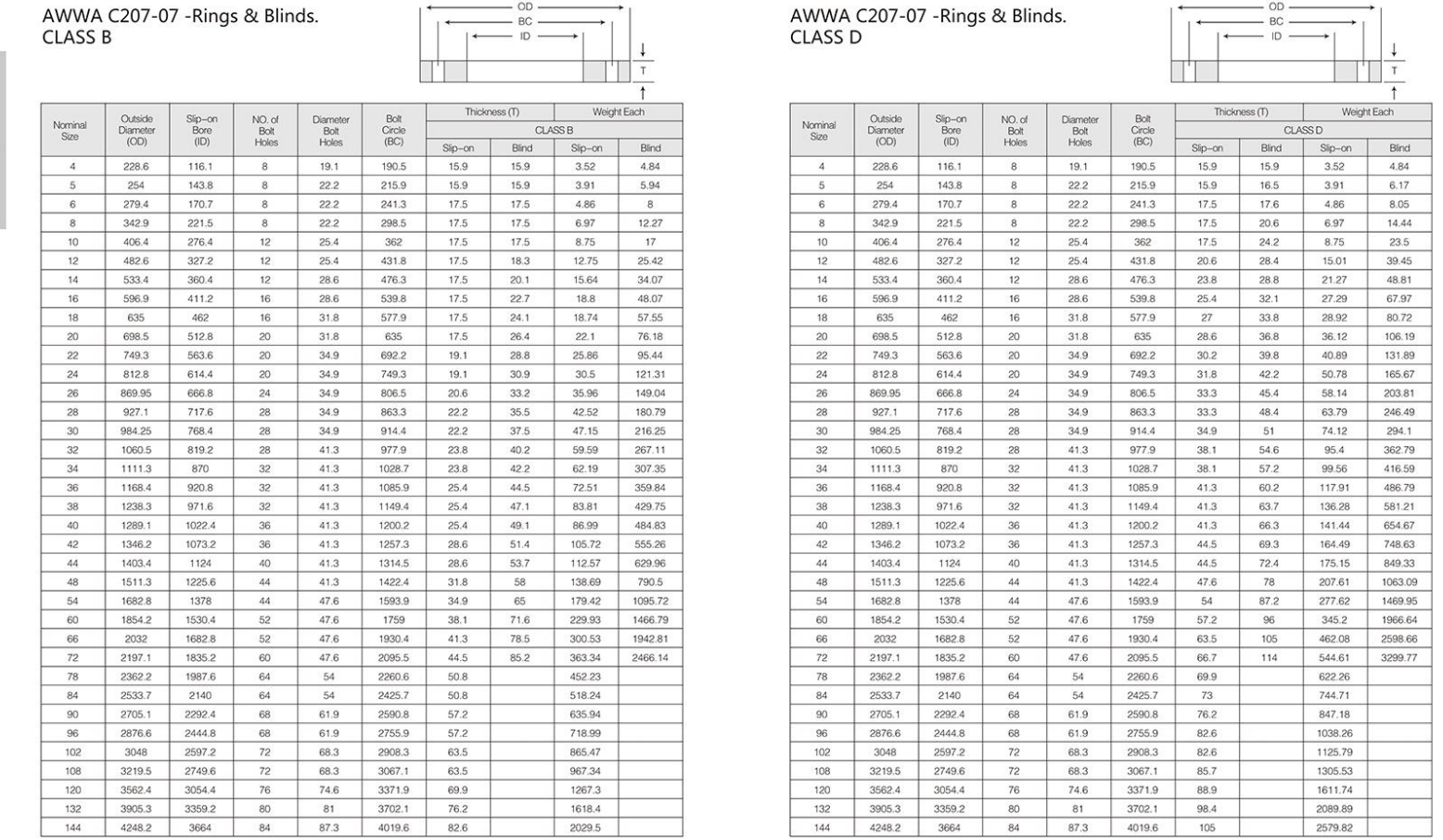-
Cangzhou Yulong Steel Co., Ltd.
-
Phone:
+86 13303177267 -
Email:
admin@ylsteelfittings.com
- English
- Arabic
- Italian
- Spanish
- Portuguese
- German
- kazakh
- Persian
- Greek
- French
- Russian
- Polish
- Thai
- Indonesian
- Vietnamese
- Zulu
- Korean
- Uzbek
- Hindi
- Serbian
- Malay
- Ukrainian
- Gujarati
- Haitian Creole
- hausa
- hawaiian
- Hebrew
- Miao
- Hungarian
- Icelandic
- igbo
- irish
- Japanese
- Javanese
- Kannada
- Khmer
- Rwandese
- Afrikaans
- Albanian
- Amharic
- Armenian
- Azerbaijani
- Basque
- Belarusian
- Bengali
- Bosnian
- Bulgarian
- Catalan
- Cebuano
- China
- China (Taiwan)
- Corsican
- Croatian
- Czech
- Danish
- Esperanto
- Estonian
- Finnish
- Frisian
- Galician
- Georgian
- Kurdish
- Kyrgyz
- Lao
- Latin
- Latvian
- Lithuanian
- Luxembourgish
- Macedonian
- Malgashi
- Malayalam
- Maltese
- Maori
- Marathi
- Mongolian
- Myanmar
- Nepali
- Norwegian
- Norwegian
- Occitan
- Pashto
- Dutch
- Punjabi
- Romanian
- Samoan
- Scottish Gaelic
- Sesotho
- Shona
- Sindhi
- Sinhala
- Slovak
- Slovenian
- Somali
- Sundanese
- Swahili
- Swedish
- Tagalog
- Tajik
- Tamil
- Tatar
- Telugu
- Turkish
- Turkmen
- Urdu
- Uighur
- Welsh
- Bantu
- Yiddish
- Yoruba

Sep . 25, 2024 00:22 Back to list
bending 304 stainless steel tubing
Bending 304 Stainless Steel Tubing Techniques, Considerations, and Applications
When it comes to the versatility and resilience of materials in manufacturing, 304 stainless steel stands out as a popular choice, particularly in the form of tubing. Its excellent corrosion resistance, high strength, and ability to withstand extreme temperatures make it an ideal candidate for a wide range of applications, from construction and automotive to food processing and medical devices. However, bending 304 stainless steel tubing requires specific techniques and considerations to ensure that the final product meets the desired specifications without compromising the material's integrity.
Understanding 304 Stainless Steel
304 stainless steel is an austenitic grade of stainless steel that contains approximately 18% chromium and 8% nickel. This unique composition not only imparts excellent corrosion resistance but also contributes to its improved formability and weldability. It is often used in environments that require exposure to moisture or corrosive substances, making it a preferred material in industries like chemical processing, HVAC, and architectural applications.
Bending Techniques
When bending 304 stainless steel tubing, manufacturers typically employ several methods depending on the diameter, wall thickness, and curvature required. The most common techniques include
1. Mandrel Bending This method involves inserting a mandrel, or a solid rod, into the tubing to support the walls during the bending process. Mandrel bending minimizes deformation and maintains the integrity of the tube’s internal diameter, preventing kinks and wrinkles that can compromise strength.
2. Rotary Draw Bending This machine-assisted technique uses a die to guide the tubing around a bending form, allowing for precise control over the radius and angle of the bend. Rotary draw bending is ideal for creating complex shapes and is widely used in automotive exhaust systems and structural applications.
3. Freeform Bending This less common technique allows for intricate and custom shapes but requires skilled operators. Freeform bending is often used in artistic applications or bespoke engineering designs.
Considerations for Bending 304 Stainless Steel
bending 304 stainless steel tubing

While 304 stainless steel is known for its workability, certain factors must be taken into account during the bending process to avoid potential issues such as cracking, distortion, and loss of mechanical properties
- Wall Thickness Thicker walls provide greater strength but may require more force during bending. It is crucial to choose a bending method that suits the wall thickness to prevent damage.
- Bend Radius The bend radius significantly impacts the final outcome, with tighter bends generally requiring more careful handling to avoid deformation. A common rule of thumb is that the bend radius should not be less than 2-3 times the tube diameter.
- Stress Levels Bending induces stress in the material, and for 304 stainless steel, it’s vital to adhere to accurate parameters to maintain its structural integrity. Using CNC machines or specialized equipment can minimize errors.
- Quality Control Inspecting the bent tubing for any signs of cracks or imperfections after bending is critical. Non-destructive testing methods can be employed to ensure that the material retains its desirable properties.
Applications
The applications of bent 304 stainless steel tubing are vast. In the automotive industry, it is used for exhaust systems and chassis components. In the architectural field, it serves as railings and structural supports. The food processing industry utilizes it for the manufacturing of pipes and equipment, while the medical sector relies on its cleanability and hygiene properties in surgical instruments and hospital equipment.
Conclusion
Bending 304 stainless steel tubing is an essential process that requires careful consideration of techniques, tolerances, and applications. Understanding the characteristics of 304 stainless steel, along with the appropriate bending methods, allows for the creation of durable and functional components suitable for various industries. With the right approach, manufacturers can harness the full potential of this versatile material, ensuring reliability and longevity in their products.
Latest news
-
ANSI 150P SS304 SO FLANGE
NewsFeb.14,2025
-
ASTM A333GR6 STEEL PIPE
NewsJan.20,2025
-
ANSI B16.5 WELDING NECK FLANGE
NewsJan.15,2026
-
ANSI B16.5 SLIP-ON FLANGE
NewsApr.19,2024
-
SABS 1123 FLANGE
NewsJan.15,2025
-
DIN86044 PLATE FLANGE
NewsApr.19,2024
-
DIN2527 BLIND FLANGE
NewsApr.12,2024
-
JIS B2311 Butt-Welding Fittings LR/SR 45°/90° /180°Seamless/Weld
NewsApr.23,2024











